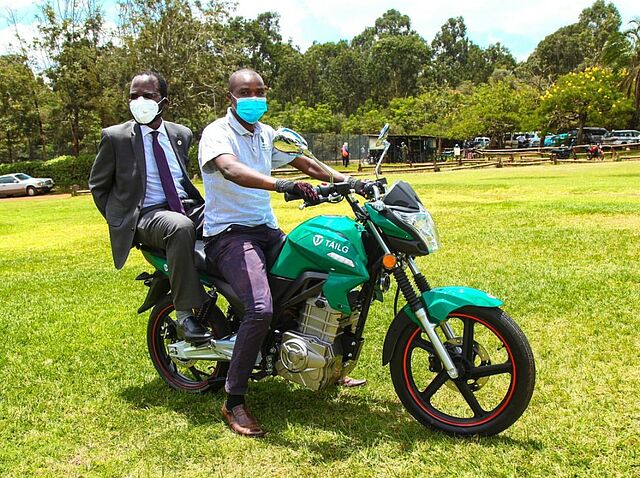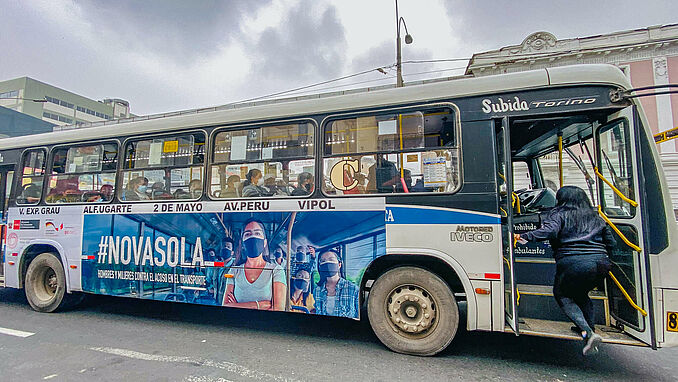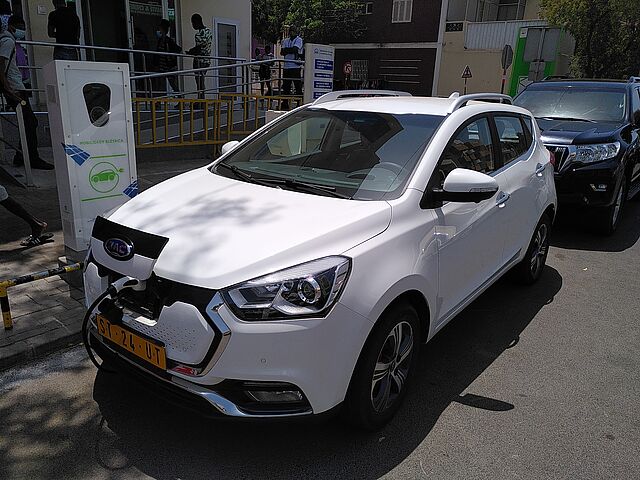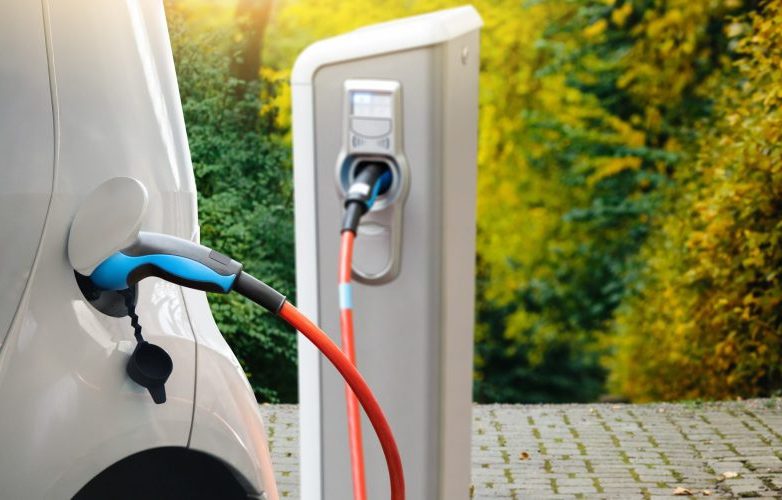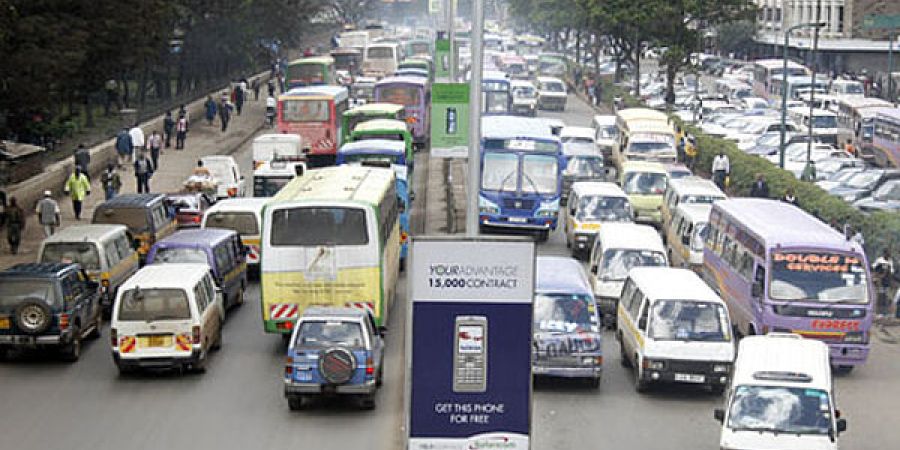
Background: Approximately 7 million people live in the Nairobi Metropolitan Region. The annual population growth stands at 3% – 4%. 50% of the Kenyan gross domestic product (GDP) is generated in this region. The motorisation rate in Nairobi as well as greenhouse gas (GHG) emissions are rapidly increasing. Transport related CO2 emissions have doubled over the last ten years from 2.3 Mt in 2003 to 4.6 Mt in 2013.
Nairobi’s current transportation system relies on individual transport and matatus/taxis. Congestion, travel times, noise, air pollution and GHG emissions are all increasing. This affects personal mobility and consequently economic and social development, along with worsening health issues and challenges to meet GHG reduction targets.
Approach to Transformational Change: This project aimed to support Kenya’s first Mass Rapid Transit System (MRT) as a mitigatio measure. The mitigation action was designed to provide modal alternatives and aimed to shift significant shares of individual travel to commuter rail and a new Bus Rapid Transit (BRT) system. The project intended to finance critical components of the first bus line for initiating a transformational change towards a sustainable urban mobility system. The project also planned to provide partial financing for rolling stock to allow poverty-oriented tariff schemes within a private business model. To help create political support and public acceptance, the project aimed to ensure support and participation of key stakeholders for the BRT business concept, which include private matatu and taxi businesses as potential investors as well as employees.
The project aimed to leverage four types of resources: 1) national budget for investing into sustainable urban transport (~10%) of total costs, 2) resources from development cooperation, 3) national budget for co-financing proper operation and maintenance of the BRT/MRT and 4) private investments of the private operators of the BRT/MRT.
Mitigation potential: The project aimed to generate accumulated CO2 emission reduction of over 0.4 Mt until 2030 and would contribute to the overall target of 2.8 Mt CO2 in 2030. At the time of the project, Kenya had not yet given pledges under the Copenhagen Agreement. However, Kenya envisaged to halve its emission until 2030, and the project expected to considerably contribute to reach this target.


